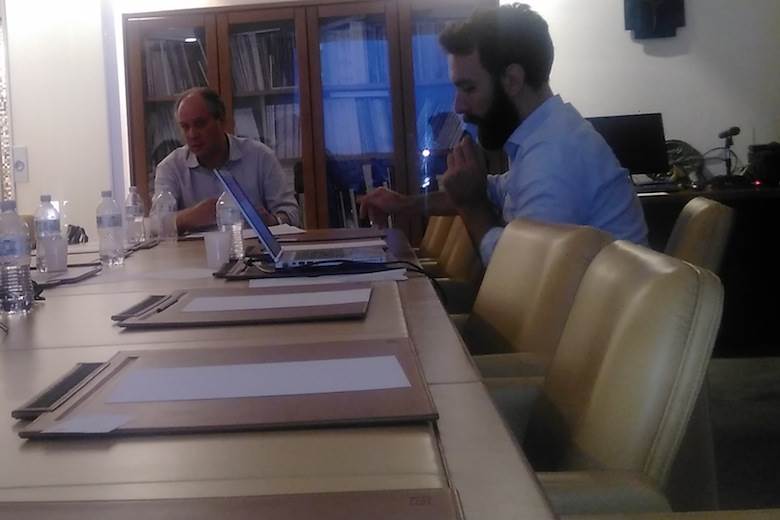Finishing-line in sight for COTANCE carbon footprint exercise
27/06/2016

This is part of a wider European Union initiative to define what makes a ‘green product’. The European Commission has funded a series of pilot exercises to examine the environmental footprint of a range of products. Tanners and other leather industry bodies in Italy, Spain, France and Scotland have contributed to the pilots focused on leather.
At the meeting, COTANCE general secretary, Gustavo Gonzalez Quijano said the PEF model for calculating products’ environmental impact has already generated legislation in Italy, with ‘Made Green in Italy’ now one of the criteria public-sector bodies there have to take into consideration during procurement exercises.
He also said the European Commission is funding a new online tool that will allow small and medium entreprises in the leather industry to calculate the carbon footprint of one square-metre of leather, according to PEF methodology. “The Commission is paying for this to be developed,” Mr Gonzalez Quijano said, “and we will be the beneficiaries because it will be entirely free to download and use.”
Other points of discussion on the day included benchmarking, communication on carbon footprint issues, the setting up of a three-person committee of experts to carry out a final review of the PEFCRs the leather industry has come up with and some potentially valuable information about ways in which tanners may be able to earn carbon credits for using material that may otherwise have gone to waste. More details on some of these subjects will follow on leatherbiz in the coming days.
Image shows COTANCE secretary general Gustavo Gonzalez Quijano (left) and Primiano De Rosa from the research department of Italian tanning industry association UNIC.











